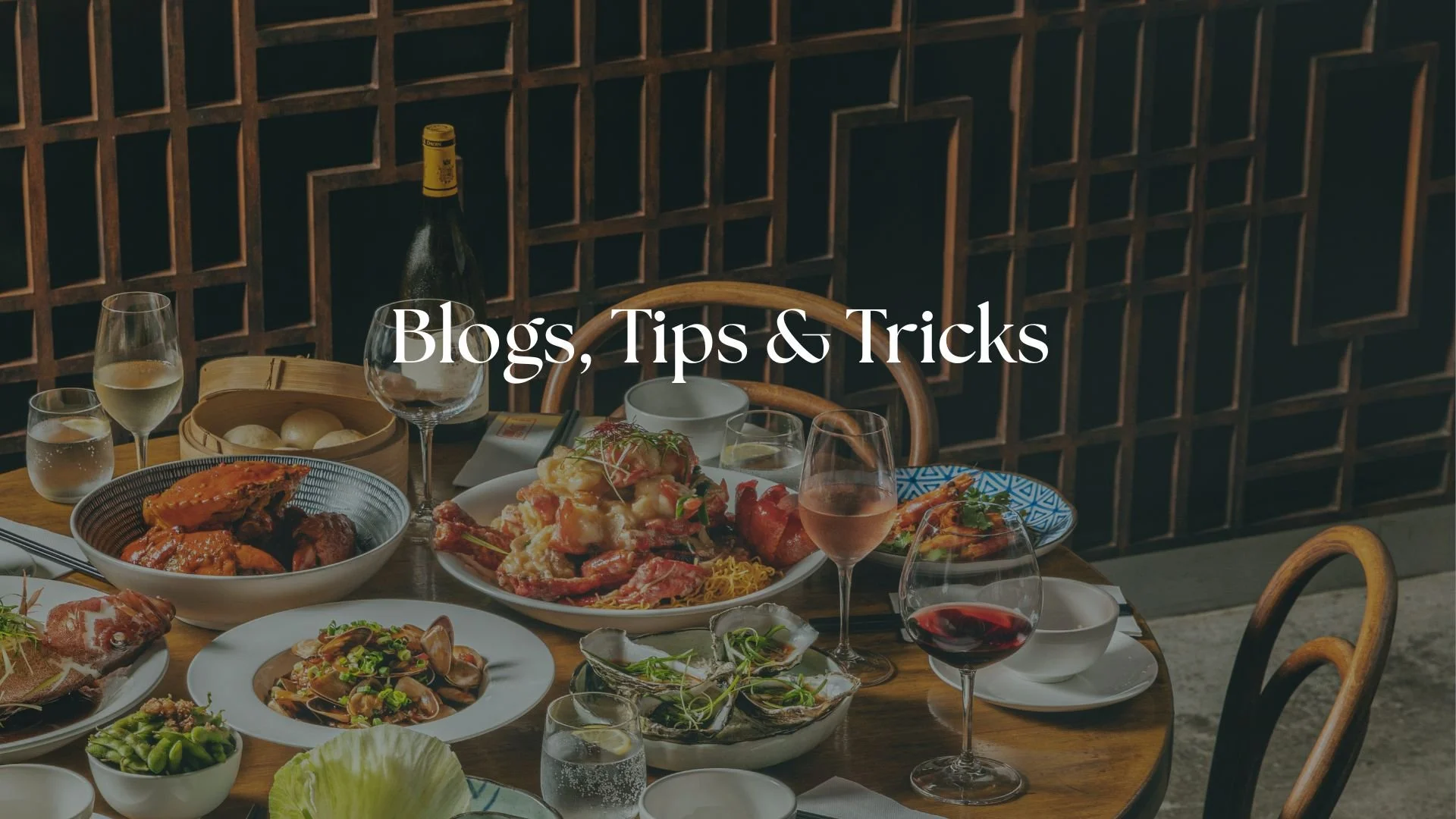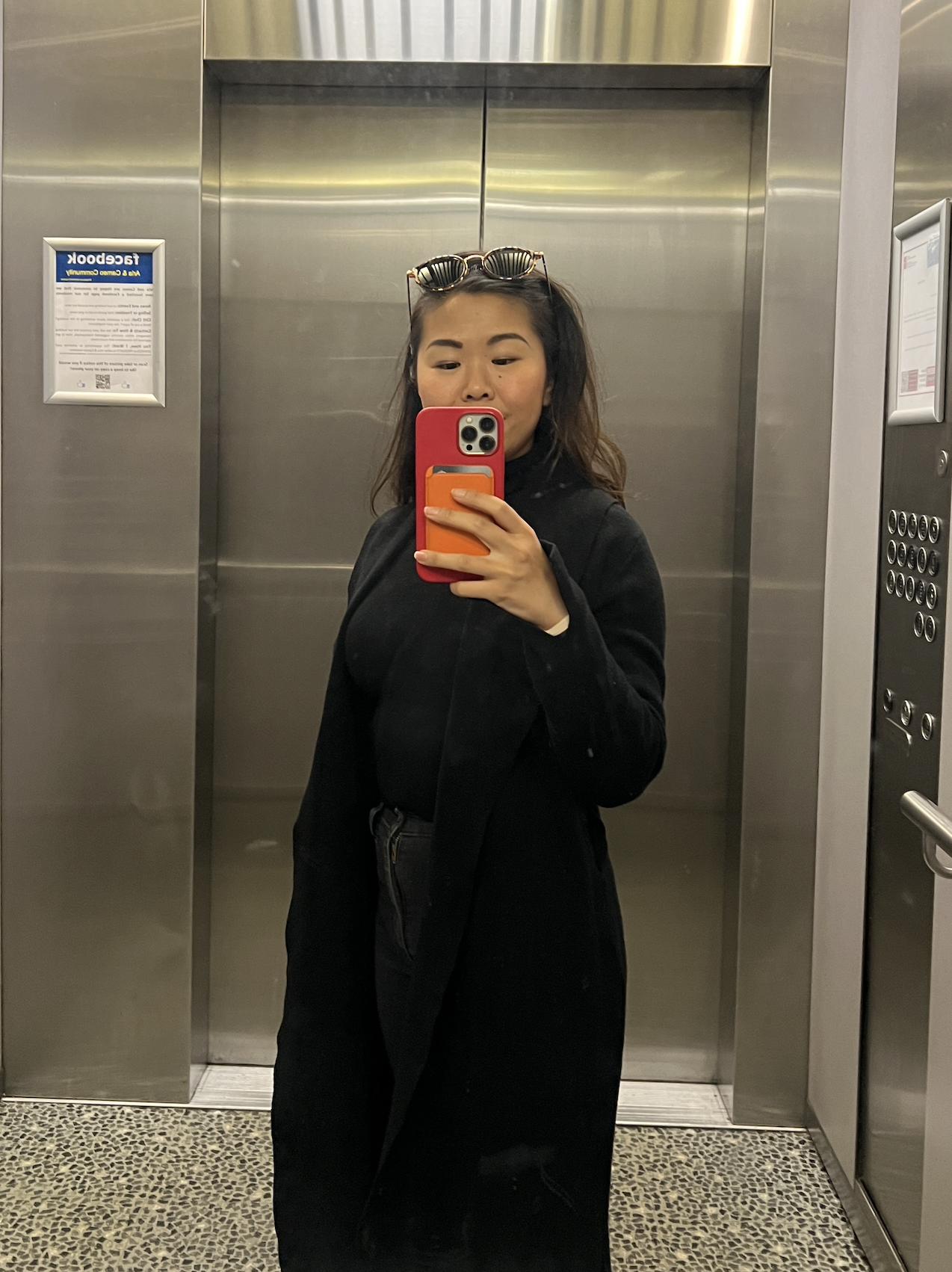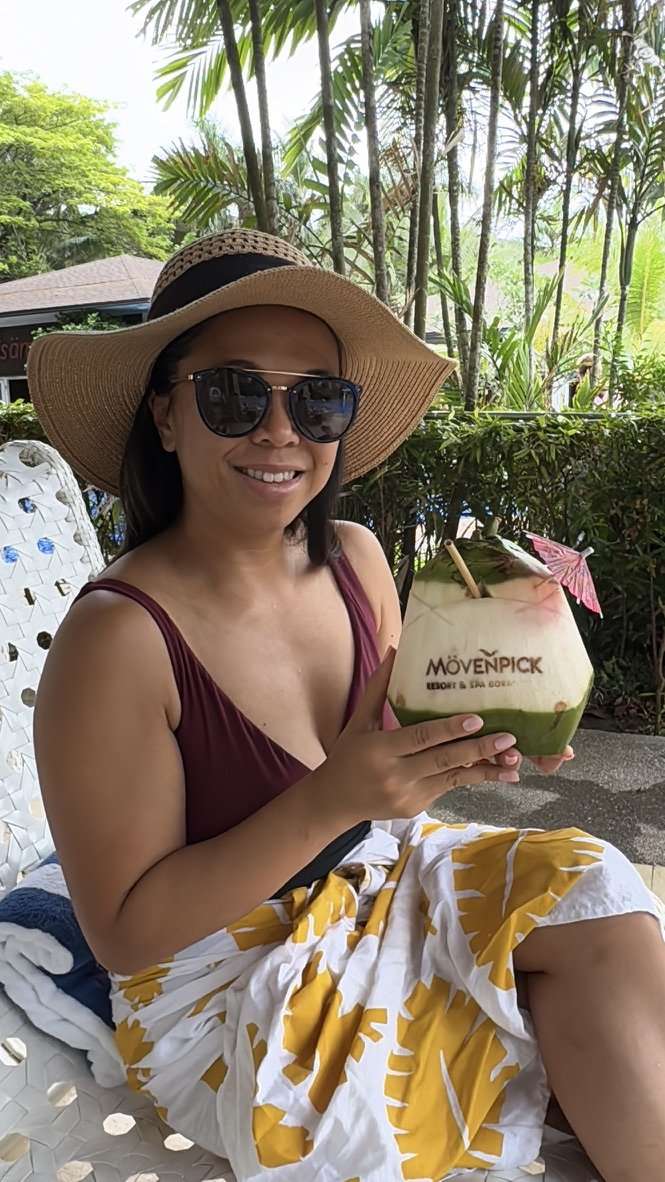Beyond the Lens: Why Your Physical Health is Your Most Valuable Photography Asset
Beyond the Lens: Why Your Physical Health is Your Most Valuable Photography Asset
December 2024: Home from my first international photoshoot.
If you asked me about the biggest mistake I ever made in my photography career, your guess might lean towards a disastrous client shoot, a poor gear investment, or maybe a missed business opportunity. The reality, however, is something far more fundamental, something insidious that crept up while I was busy chasing the dream: I consistently prioritised work over my physical health and training. It’s a mistake that nearly cost me my career and my quality of life, and it’s a cautionary tale I feel compelled to share, especially with fellow photographers and creatives.
When I recount my journey into photography, the narrative often follows a familiar arc: buying my first serious camera after moving to Australia, juggling barista jobs and marketing internships, stumbling into photography almost by accident, the thrill of acquiring new gear, navigating the pandemic's challenges, and eventually building a business. It sounds like a typical creative hustle story. But that version omits a crucial, earlier chapter – a prologue written not with f-stops and shutter speeds, but with physiotherapists and pain medication. My journey didn’t truly begin with a camera; its roots trace back to 2012 and my first significant back injury.
The Prologue: An Injury and an Illusion of Recovery
It happened during a gym session – a squat gone wrong. Despite having a spotter, a momentary lapse in attention was all it took. I lost control, the weight shifted, and the result was a slipped disc. The details are hazy now, shrouded by the passage of time and perhaps a desire to forget the intense pain. What followed was the standard recovery protocol: physiotherapy appointments, cortisone injections that offered fleeting relief, and a steady reliance on pain medication. Over about six months, I diligently worked my way back. I returned to the gym, albeit with modifications and a newfound caution. I developed a pain management plan that seemed effective. On paper, and even in my own mind, I had recovered. I was young, active, managing the injury, and living a seemingly healthy life in New Zealand.
Fast forward to 2017. I embarked on a new chapter, moving across the Tasman to Australia, eager to build a new life. I carried with me the determination to maintain the positive habits I’d cultivated, including regular exercise, strength training, and occasional physio check-ins. However, the stark reality of the cost of living in Australia soon hit. Rent, healthcare, groceries, utilities – the expenses mounted rapidly, especially as my nascent photography career demanded significant (and often immediate) investment in gear. As any seasoned photographer knows, this industry requires substantial upfront and ongoing financial commitment. Something had to give.
Faced with trimming the fat from my budget, those crucial health maintenance habits were, perhaps predictably, among the first casualties. My initial gym membership, while expensive, felt manageable. But as photography expenses grew and other costs climbed, I downgraded. No more classes, no personal training sessions, just a bare-bones $10-a-week membership… that I progressively stopped using.
The Slippery Slope: Success, Busyness, and Wilful Ignorance
Now, you might be thinking, "You don't need a fancy gym to stay fit!" And you'd be right. Running, walking, bodyweight exercises, council outdoor gyms, yoga mats at home – the opportunities for movement are plentiful and often free. Access wasn't the barrier. I was.
August 2023 - working in the studio ramping up videography and workshops.
As my photography business started gaining traction, as I got busier doing work I genuinely loved, exercise slipped further down the priority list. It wasn't a conscious decision against health, but rather a passive neglect fuelled by the seductive allure of progress and the tyranny of the urgent. "I'm too busy," became my mantra. "I'll get back to it when things calm down."
And what about that old back injury? Honestly, two dangerous thoughts took root. Firstly, because I wasn't experiencing acute pain daily, I simply "forgot" about the underlying vulnerability. Out of sight, out of mind. Secondly, years had passed without a major flare-up. I reasoned, perhaps arrogantly, that it was firmly in the past. What was the likelihood of it returning? I felt successful, energetic, and, dare I say it, invincible.
The first serious warning sign appeared in 2022: a nagging, persistent pain in my right arm. A visit to my GP led to a specialist, ultrasounds, and a diagnosis requiring physiotherapy: I had Tennis and Golfers Elbow. I was given exercises, but candidly, I wasn't diligent. I was "too busy." I found a temporary workaround – an elbow brace. It wasn't aesthetically pleasing, especially on shoots, but it mitigated the pain enough for me to function. My mindset? If the brace gets me through the day, I'll deal with the root cause later. Unfortunately, "later" was approaching faster than I realised, and this pattern of neglect was paving the way for the most severe injury of my life.
Ignoring the Alarms: Temporary Fixes and Delayed Reckoning
In 2023, the arm pain persisted. I revisited the sports therapist, admitting my lack of consistent rehab. He recommended an acupuncturist who also specialised in deep tissue massage – a practitioner skilled in both Eastern and Western techniques. The first session was revealing, not just for the excruciating pain of the massage (it hurt like nothing else!), but for the immediate relief it provided. After several intense sessions involving tears and grit, the arm improved significantly. But the doctor warned me, that the body keeps score. “It’s all connected” he said, “You have weak arms because you have weak shoulders, you have weak shoulders because you have a weak back. If you don’t start taking better care of yourself, you will end up in the same position you were in years ago.” After the arm was fixed we moved to seasonal check-ups. It felt like progress, but it was just another temporary fix.
September 2023: The last shoot I did before the fall.
However, by the winter of 2023, as my business truly began to flourish and I was finally earning decent money, the old back injury started sending increasingly loud signals. Aches flared up after driving or long editing sessions. My GP performed hip massages to help loosen surrounding muscles, and the acupuncture provided some relief. But looking back, I know I downplayed the severity to my doctor, perhaps even to myself. I was riding high on professional success and subconsciously refused to acknowledge the creeping physical decline. I told myself rest would fix it. I was delaying the inevitable.
The Breaking Point: September 2023
It happened late one morning in September 2023. I'd been experiencing significant back pain all week but kept pushing through, dismissing it as temporary. Ten minutes before a client call, standing at my desk, something went terribly wrong. My right side began to curl inwards involuntarily, like an extreme oblique crunch I couldn't control. I remember the sensation vividly – a slow-motion, unstoppable contraction. Instinctively, I tried to fight it, to twist back the other way. As I strained against the spasm, a sudden weakness shot through my legs. My hips gave way. I fell, landing hard on my right hip.
The day of the accident. My cat is my sitting angel.
The immediate pain was unlike anything I'd ever experienced – easily ten times worse than the original slipped disc. The fall itself likely caused muscle strains, sprains, or contusions as my body tensed, but the underlying issue was now critically aggravated. An MRI scan later revealed scoliosis (a curvature) and a significant disc bulge in my lower back – issues not present on previous scans years ago. Whether they developed slowly due to neglect or were acutely triggered by the fall and spasm, the result was the same: I had likely done this to myself.
My face following a deep tissue massage.
I couldn't walk. I could barely move. Simple acts like going to the bathroom resulted in tears of agony. Eating required immense effort just to sit upright. The first two weeks were spent almost entirely immobilised on the couch. Recovery was slow and arduous: gentle massage, acupuncture, physiotherapy, water therapy, sauna sessions, repeat. After a month, I could walk, albeit assisted. My partner, anticipating the long recovery ahead, had to quit his job to become my full-time carer. There was no way I could lift anything – cameras, light stands, groceries. I struggled to lift a 2kg weight with both hands. I felt utterly broken and weak.
The Long Road Back and a Final Wake-Up Call
By January 2024, I was mobile enough to take a crucial step: I rejoined a gym, focusing on rehabilitation and rebuilding strength. Pilates and yoga became staples. Functional movement patterns replaced heavy lifting. It felt like progress. By March, I felt strong enough to travel to Japan and even managed some mountain hiking – a huge psychological victory.
March 2023: at the top of Inari Shrine.
I returned motivated, perhaps overly confident. Then, during the winter of 2024, it happened again: a sudden, sharp muscle spasm during a yoga class. And my first instinct? Denial. "It's minor. It'll go away. I'm healthy now!" I ignored the clear signal my body was sending. Thankfully, a frank conversation with my doctor helped me confront the denial. A second MRI confirmed my fears: another disc bulge had appeared in the mere nine months since the fall.
June 2024: Back on the mend.
This was the absolute, undeniable turning point. No more excuses, no more denial, no more prioritising work over well-being. I finally understood.
Working long hours on my feet is not proper exercise.
Lifting heavy photography gear is not proper resistance training.
Eating generally healthy is not the same as eating right for recovery and performance.
Being in calorie deficit is not the same as eating well.
Hitting the gym five days a week means nothing without adequate rest and recovery.
I am not as young or resilient as I once was.
The absence of pain does not equal the absence of problems. My body was compensating until it couldn't anymore.
Being "in shape" is pointless if you're hunched over in pain.
In yoga, we're taught to listen to our bodies. I had deliberately ignored mine, thinking I knew better.
Rebuilding: A Holistic Approach
The changes had to be immediate and profound. I rehired my personal trainer, focusing on corrective exercise and core stability. I stopped boxing and took a break from yoga to avoid triggering spasms, doubling down on Pilates instead. I started paying meticulous attention to rest and recovery, even taking melatonin to improve sleep quality.
February 2024: At the Paper Mill social event
The biggest shift? I consciously decoupled my self-worth from my work output. I let go of approximately 50% of my client workload, becoming much more selective about new projects. I drastically reduced alcohol consumption. I started measuring my food intake and meal prepping to ensure proper nutrition. I started wearing sunscreen and invested in decent skin and hair care. I stopped frivolously shopping. Eating out became an occasional treat (once a week) rather than a frequent convenience (3+ times a week). I shifted my financial focus from spending to saving and investing, thinking seriously about my long-term future.
This recalibration created space. I focused only on essential client work. I started reading more, going for walks, reconnecting with friends, and importantly, with family I hadn't spoken to properly in a while. It was a holistic overhaul – physical, mental, financial, and social.
The Real Wealth
Today, things look very different. I'm in a much better place physically and mentally. I've saved enough to be selective about my photography work, taking on only a few shoots a month that truly excite me. This space has finally allowed me to focus on a long-held passion project: mentorship programs. And I know, without a shadow of a doubt, that I wouldn't have the physical stamina or mental clarity to pursue this if I hadn't fundamentally changed my approach to health.
March 2025: Participating in The Kickin It Podcast
I wanted to write this, not just as a personal record, but as a stark reminder. The hustle, the grind, the relentless pursuit of career goals – they have their place. Ambition for money, recognition, or impact can be powerful drivers. But please, don't be like me and assume you're invincible. Working hard and long hours might build your business, but it can simultaneously dismantle your body if you neglect it.
December 2024: Phillipines holiday
December 2024: Fiji holiday + catching a Bluefin Trevally
Health equals wealth. It's a cliché because it's true. What value does professional success hold if your physical health prevents you from enjoying it, or even continuing your work? Take it from someone who is potentially one bad move away from spinal surgery: whether you're a photographer hauling gear, a freelancer glued to a desk, an editor staring at a screen, or simply anyone wanting to live a full, vibrant life – your physical health matters profoundly. Don't wait for a breaking point like mine to make it your priority.












